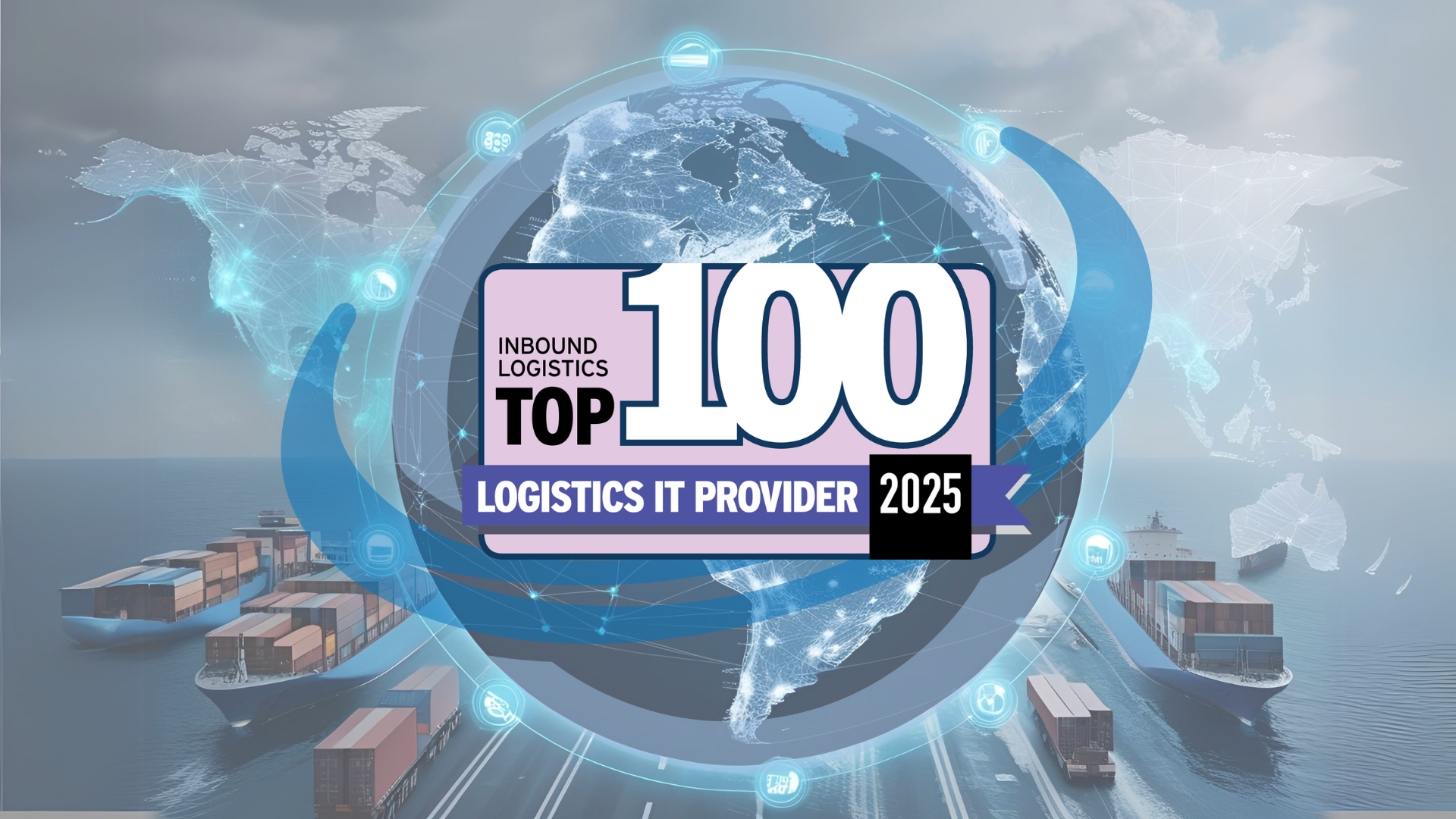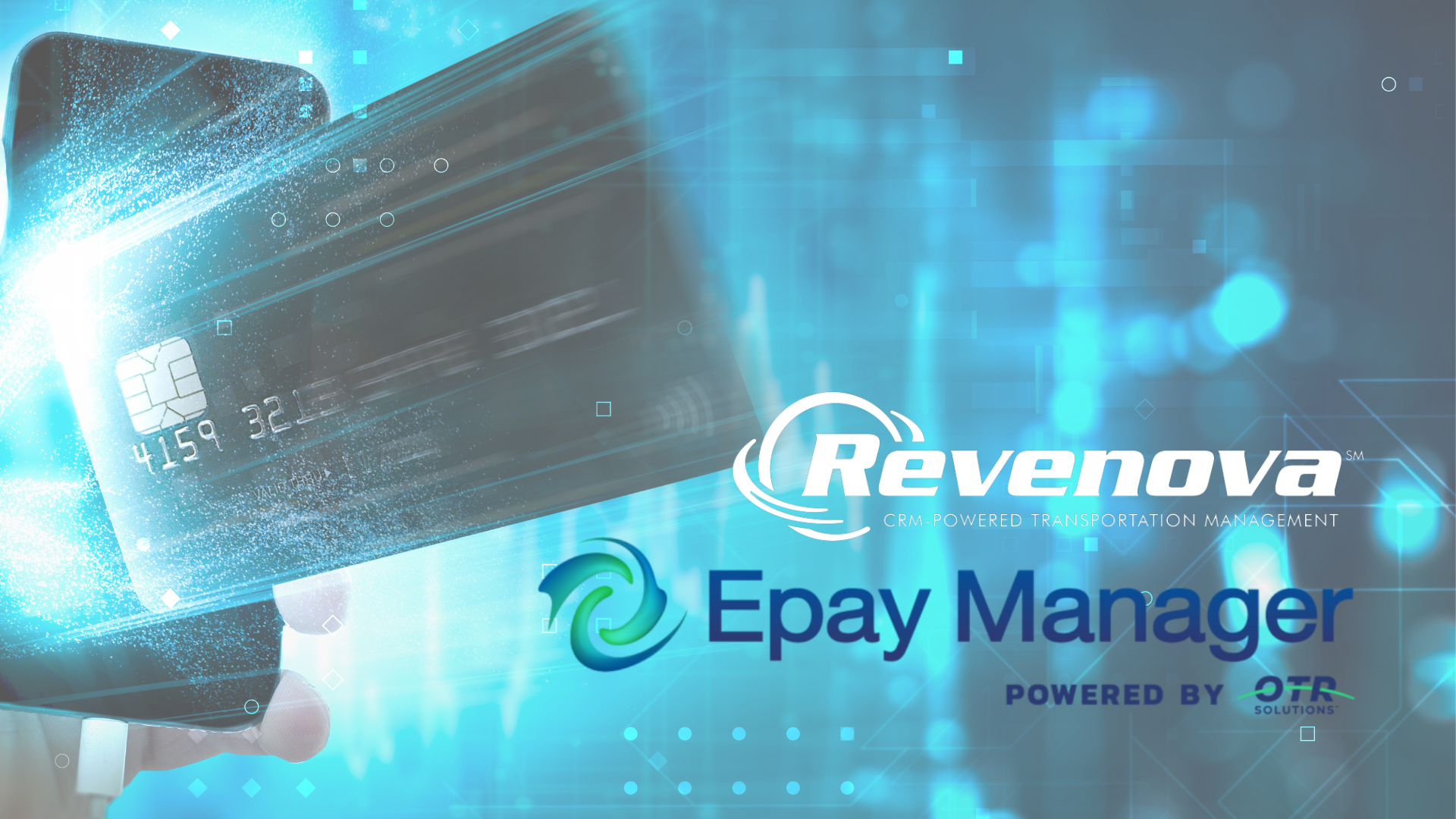
How to Tell When Your TMS Has Run Out of Steam
If your current transportation management system (TMS) is no longer serving your company well, you’re not alone. As they age, legacy systems and proprietary solutions can gradually lose their effectiveness, signaling the need for an upgrade or replacement. With technological innovation on a hot streak right now, that older TMS may also be preventing you from taking advantage of some newer features like artificial intelligence (AI), mobile apps, and the cloud.
The aging out problem is prevalent in the transportation management system (TMS) space, where solutions have to be able to handle an increasingly-complex operational landscape. The uptick in e-commerce orders, demand for quicker delivery times and changing customer needs are all pushing companies to get more throughput and efficiency out of their logistics and transportation operations.
As transportation complexity increases, and as more companies shift to cloud-based solutions, the race to upgrade and/or replace older TMS systems is accelerating. According to Peerless Research’s latest technology study, 62% of companies are already using TMS and 39% of them plan to upgrade these critical systems within the next 24 months. This is yet another indication of companies’ frustration with their older systems and the need for better solutions that provide the latest features, functionalities and capabilities.
Don’t Procrastinate, Get Ahead of it Now
Danielle Chaffin, Senior Solutions Engineer at Revenova, says slow periods are a great time to assess your current systems and see where the gaps are. Do it before the system runs out of steam, she adds, knowing that waiting until the very last minute to make a shift can create even more problems. New implementations take time, for example, and no shipper or transportation provider can afford excessive downtime in today’s fast-paced marketplace.
“If you know you’re starting to have issues with your TMS, and that your busy season is coming soon, the time to move and upgrade is now,” says Chaffin. “When you hit peak and start managing hundreds of loads per day again, it’ll be too late for a proactive approach.” At that point, you’ll just have to live with your current systems until the next downtime, along the way racking up even more inefficiencies, slower throughput and unhappy customers.
“Get ahead of it and start preparing now by evaluating the TMS options on the market, talking to their customers and demoing new options to replace your existing platform,” Chaffin recommends.
5 Signs that Your TMS has Already Run Out of Steam
If you’re not sure if it’s time to replace your TMS, here are five signs to look for. If you’re dealing with any or all of these challenges, then it’s definitely time to start exploring your options.
- Too much operational friction. Tasks that were once streamlined become cumbersome, requiring manual workarounds and excessive time. Employees are complaining about slow processing, frequent system crashes and no way to access necessary information quickly or efficiently. Reports that were once readily available now require complex data manipulation or are simply inaccurate. “User frustration is often the first sign that a software upgrade or replacement is in order,” says Chaffin. “If team members are complaining about having to do too much manual work, or if they’re getting frustrated with frequent system outages, it’s a clear sign that it’s time to start evaluating new TMS solutions.”
- Zero or low scalability. As your business grows, your software has to be able to scale right along with it. When this doesn’t happen, the performance bottlenecks, data silos and need for excessive manual intervention begin to surface pretty quickly. “Every business leader wants their organization to grow, but if your tech stack doesn’t support that growth, you’ll be stuck with systems that can’t handle that expansion,” says Chaffin. For example, the truckload freight broker that wants to get a foothold in the less-the-truckload (LTL) space can’t efficiently and effectively serve that new customer base without a modern, cloud-based TMS.
- Doesn’t play well with other systems. If team members spend a lot of their time inputting information into one system and then manually transferring it to another via spreadsheet or other mechanism, it’s a clear sign that your TMS has run out of steam. Poor data flow not only wastes valuable time but also introduces a high risk of errors and inconsistencies across your operational data. Modern TMS solutions prioritize application programming interface-driven integrations that enable real-time data exchange and foster more unified, efficient workflows.
- Hasn’t been updated in ages. This is a big one because it not only means your system lacks modern bells and whistles, but it can also pose significant security risks. Supply chain cyberattacks are at an all-time high right now, and companies need systems that have the right safeguards in place to protect their data. For example, Revenova prioritizes data security through robust encryption protocols and strict access controls, ensuring sensitive transportation data remains protected from unauthorized access. The platform’s cloud-based infrastructure adheres to industry-leading security standards, including regular audits and compliance certifications, to mitigate risks and maintain data integrity.
- No advanced functionalities. Some of the TMS platforms that were put in place decades ago were built with basic functionality in mind. This made sense at the time, but fast-forward to 2025 and the software development world has become infinitely more sophisticated, offering features like AI-powered route optimization and real-time visibility, both of which are essential for competitive logistics. “If you’re using an outdated system,” says Chaffin, “you’ll miss out on the critical advancements that drive efficiency and cost savings in modern supply chains.”
To learn more about Revenova TMS, Request a Demo. Follow Revenova on LinkedIn, YouTube, and X for the latest updates and news about Revenova TMS, the original CRM-powered Transportation Management System.




